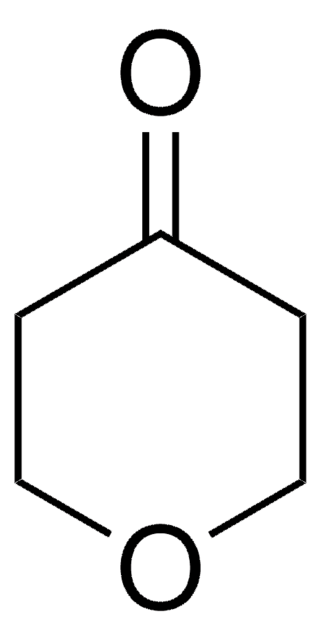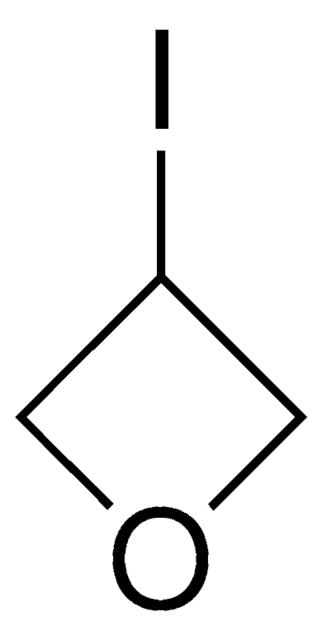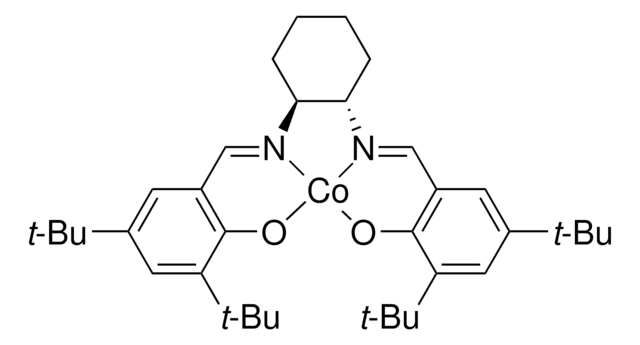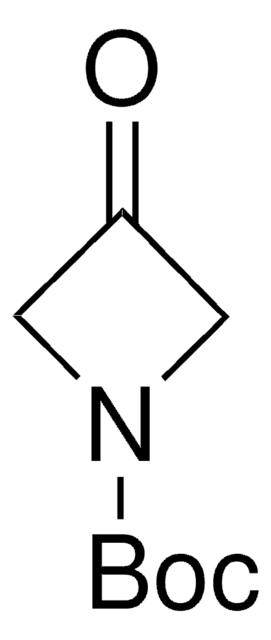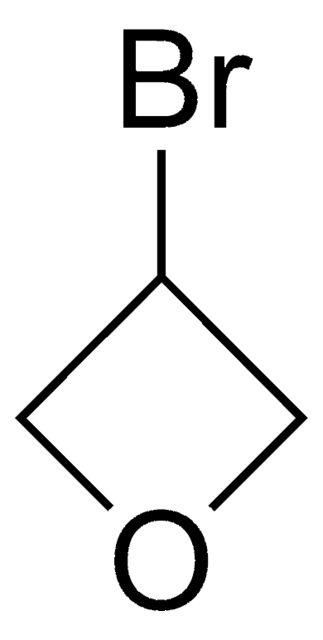All Photos(1)
About This Item
Empirical Formula (Hill Notation):
C3H4O2
CAS Number:
Molecular Weight:
72.06
MDL number:
UNSPSC Code:
12352100
PubChem Substance ID:
NACRES:
NA.22
Recommended Products
form
liquid
Quality Level
availability
not available in EU
refractive index
n20/D 1.426
density
1.124 g/mL at 25 °C
functional group
ether
ketone
storage temp.
−20°C
SMILES string
O=C1COC1
InChI
1S/C3H4O2/c4-3-1-5-2-3/h1-2H2
InChI key
ROADCYAOHVSOLQ-UHFFFAOYSA-N
General description
Product may polymerize over time during storage.
Application
3-Oxetanone can be used to synthesize:
- Various oxetane-containing lead compounds with improved solubility, reduced lipophilicity and amphiphilicity.
- (Hydroxymethyl)oxazoles and (hydroxymethyl)thiazoles via single-step microwave mediated reaction with primary amides and thioamides, respectively.
- Oxetane containing spirocycles through thermal 1,3-dipolar cycloaddition reaction with α-amino acids or secondary α-amino acid esters.
Signal Word
Danger
Hazard Statements
Precautionary Statements
Hazard Classifications
Acute Tox. 4 Oral - Eye Dam. 1 - Flam. Liq. 3 - Skin Irrit. 2 - Skin Sens. 1 - STOT SE 3
Target Organs
Respiratory system
Storage Class Code
3 - Flammable liquids
WGK
WGK 3
Flash Point(F)
79.0 °F - closed cup
Flash Point(C)
26.1 °C - closed cup
Regulatory Information
危险化学品
Choose from one of the most recent versions:
Already Own This Product?
Find documentation for the products that you have recently purchased in the Document Library.
Oxetanes as promising modules in drug discovery
Wuitschik G, et al.
Angewandte Chemie (International Edition in English), 45(46), 7736-7739 (2006)
Emily M Wright et al.
The journal of physical chemistry. A, 119(29), 7966-7972 (2015-06-25)
The pyrolysis products of gas-phase 3-oxetanone were identified via matrix-isolation Fourier transform infrared spectroscopy and photoionization mass spectrometry. Pyrolysis was conducted in a hyperthermal nozzle at temperatures from 100 to 1200 °C with the dissociation onset observed at ∼600 °C.
Synthesis of oxetane/azetidine containing spirocycles via the 1, 3-dipolar cycloaddition reaction
Jones B, et al.
Tetrahedron Letters, 57(25), 2811-2813 (2016)
Single-Step Microwave-Mediated Synthesis of Oxazoles and Thiazoles from 3-Oxetanone: A Synthetic and Computational Study
Orr D, et al.
Chemistry?A European Journal , 19(29), 9655-9662 (2013)
Our team of scientists has experience in all areas of research including Life Science, Material Science, Chemical Synthesis, Chromatography, Analytical and many others.
Contact Technical Service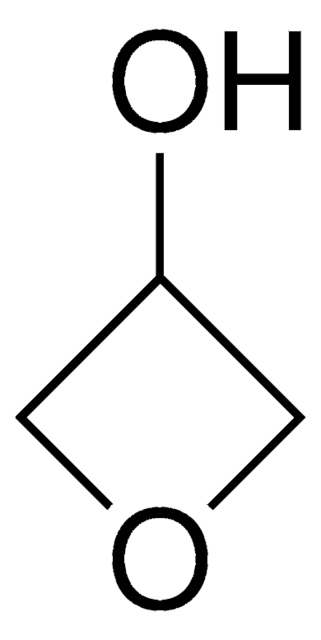
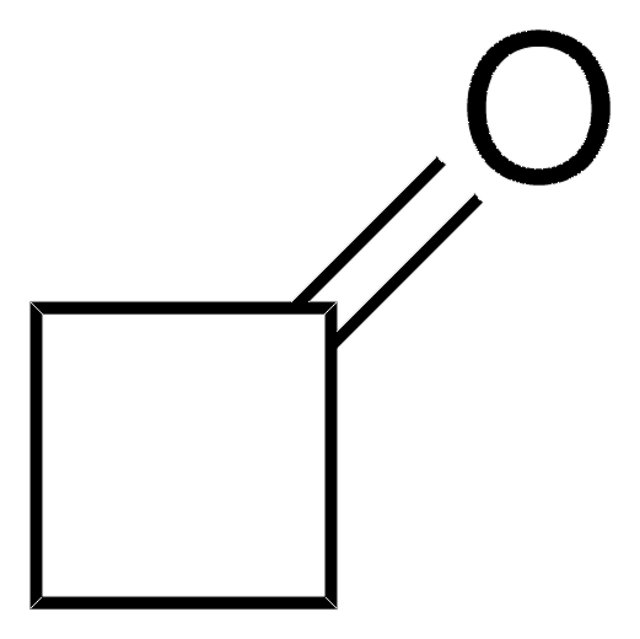
![[1,1′-Bis(diphenylphosphino)ferrocene]dichloropalladium(II)](/deepweb/assets/sigmaaldrich/product/structures/130/734/8846aa26-1858-458a-998d-8c306c13bf0f/640/8846aa26-1858-458a-998d-8c306c13bf0f.png)
